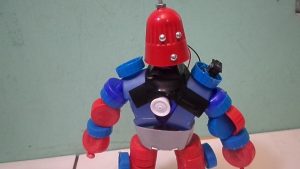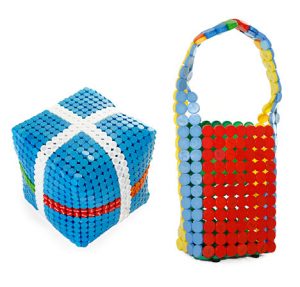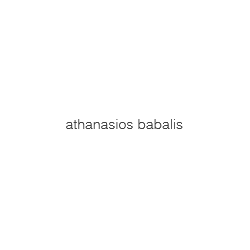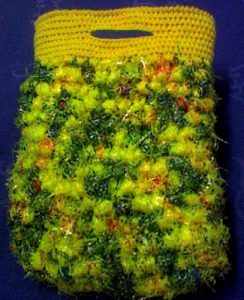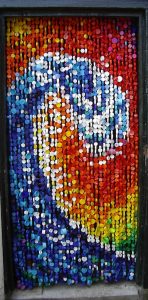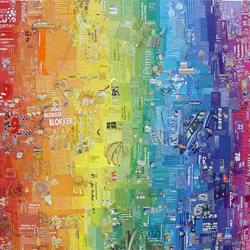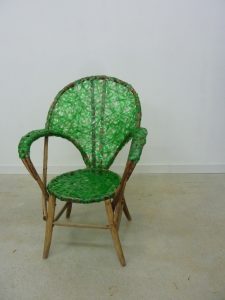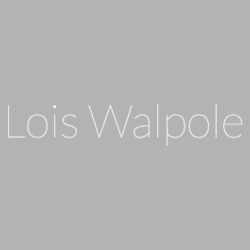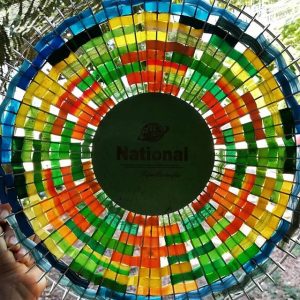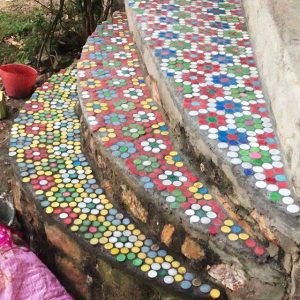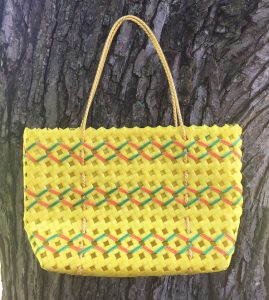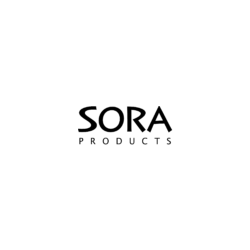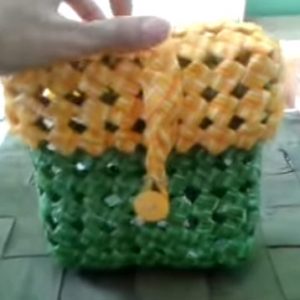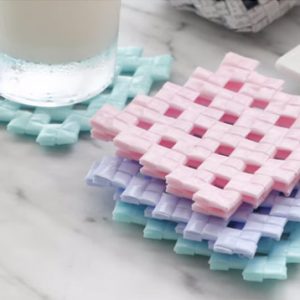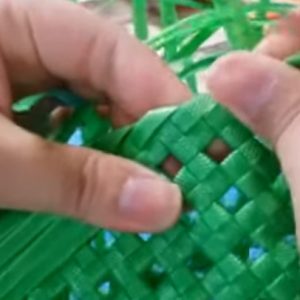Polypropylene plastic is tough and lightweight, and has excellent heat-resistance qualities. It serves as a barrier against moisture, grease and chemicals. Around 70 percent of PP is estimated to be used in food contact applications. It has high melting point and can be filled with hot foods.
 Recycling
Recycling
As a packaging type, PP is increasingly collected from the home but there can be significant differences between areas and countries.
A lot of work is currently underway to increase the recycling of PP back into food grade plastic. The technology exists, but this does not currently take place at scale.
PP is commonly recycled into tubes, rigid packaging, containers, crates, disposable cutlery, pallets, hangers, and tubs.
Only about 1% of all polypropylene in the world is actually recycled.
 Properties
Properties
- It is tough and lightweight – stronger than PE
- It is rigid and is a barrier to moisture
- It keeps products dry and fresh
- It does not mind heat – stable at temperatures up to 220 °F (104 °C) so is used with hot fill products
- But provides poor impact resistance in cold temperatures
- Excellent chemical resistance
- Resistant to most solvents and glues
- However, solid PP objects not subject to undue flexing can be satisfactorily joined with a two-part epoxy glue or using hot-glue guns
- Can be joined by heat fusion
- If you smash PP with a hammer, it will shatter
CONS:
- Brittle below 0°C
- High permeability to gases
- Poor resistance to fuels
- Poor UV resistance
- Keeps burning (burns like candle wax)
How can I tell if something is made of PP? See CIWM/WasteAid guide
1. Look: Rigid PP is usually hard, opaque and coloured using pigments. Woven PP looks like cloth and is used for sacks and bags. Specially treated, PP becomes crystal clear and is used in packaging and retail for presentation. It has a high melting point (160˚C). PP often has a 5 stamped on it.
2. Feel: Woven PP feels soft, like cloth. Rigid PP feels rugged. It cannot be scratched with a fingernail.
3. Float test: PP floats in water.
4. Flame test:
- Blue, yellow tipped flame
- PP shrinks quickly but burns slowly
- Plastic drips
- Has sweet odour
 WARNING
WARNING
PP itself (when not burning) is not dangerous to use, however additives can be dangerous. It’s not possible to see what kind of additives are used in products.
Sources
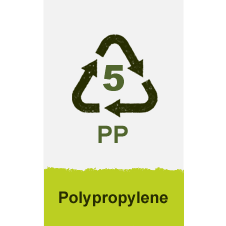

 Recycling
Recycling Properties
Properties WARNING
WARNING

